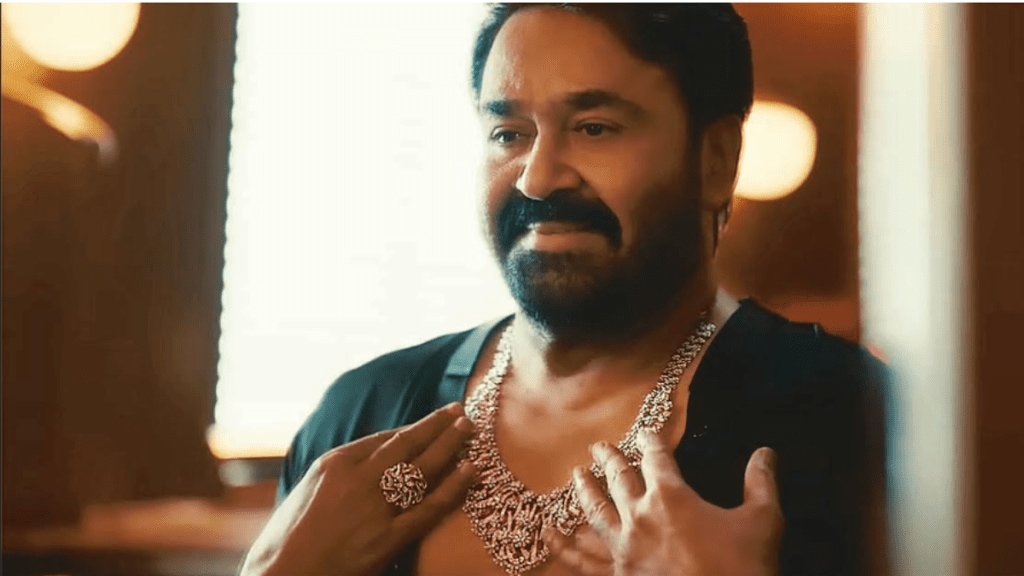Malayalam film star Mohanlal stunned viewers last week when he appeared in an advertisement for Vinsmera Jewels wearing women’s jewellery and admiring himself unabashedly. The ad has been trending since release, drawing both praise — for showcasing the feminine side of an actor known for his mainstream blockbuster films —and stinging criticism from others for being downright cheesy.
The hullabaloo around the Vinsmera Jewels advertisement goes to demonstrate just how rare it is for larger-than-life male protagonists to show vulnerability or tenderness.
The point is simple: While Indian advertising has come a long way in its portrayal of women, how much has really changed when it comes to the depiction of men?
According to Kantar’s latest The Indian Masculinity Maze report that decodes the positioning of urban men in advertising, nearly 94% of over 450 reviewed ads in the past year did not challenge traditional male roles. Despite Indian men becoming more open to shared responsibilities at home, brands continue to associate domesticity with women, with only 1% of household roles in advertising involving men.
“Ken”-type body
There are industry voices that argue however that advertising has moved beyond common male stereotypes and junked traits such as dominance, emotional stoicism and the idealised “Ken”-type body. Ariel’s Share The Load campaign is a case study in itself, running for 10 years now. Brands like Tanishq, GoodKnight and Vim have demonstrated more nuanced depictions of men in their advertising. Says Ashish Khazanchi, managing partner, Enormous, “Over the last 10-15 years, we have seen brands at the cutting edge of advertising making a noticeable shift in their portrayal of men. In fact, several decades ago, Raymond did it with The Complete Man. Yes, there may be brands employing tired stereotypes but larger advertisers are definitely more progressive.”
Naresh Gupta, co-founder and CSO, Bang In The Middle, argues that these are outlier ad campaigns in an industry where men are still widely portrayed as providers and authoritarian figures. Sometimes, the bias is so subtle that consumers may not notice. Case in point: Brands use a male voiceover for authoritarian messaging but a female voiceover for a more persuasive one.
“Many categories and products are actually for women, but advertisers note that men hold the purse strings and are therefore targeting their ads at men. For example, women might be a key target group for auto and handset categories yet the advertising seldom talks to them,” remarks Gupta, noting that the same brands employ more evolved gender portrayals in other markets such as the US or China.
Winds of change
Although male imagery in advertising has seen some change, experts agree that a lot depends on the category and the consumer. Categories like auto, finance and handsets tend to be more conservative. “As brands percolate deeper into tier-II markets, they talk to males living in patriarchal societies and hence they cannot pivot to a more modern approach. On the other hand, D2C brands targeting younger, metro-centric audiences often have a more nuanced approach,” remarks Nisha Sampath, managing partner, Bright Angles Consulting. She points out that brands that talk to women tend to have more evolved portrayals of men, like Ariel and Tanishq.
Mainstream brands are also dependent on star power to sell, and audiences gravitate towards stars with a swashbuckling, macho image such as Ranveer Singh or Virat Kohli. Marketers prefer to play it safe and not everyone wants to take big bets like Lux did when it placed Shah Rukh Khan in a bathtub with rose petals.
All said, what is evident is that advertising is now distancing itself from exaggerated notions of masculinity. A clear case in point is the latest Vinsmera advertisement. “Mohanlal is as masculine as they come, which is why his latest ad is getting so much attention. He is unafraid to enjoy something that is traditionally seen as feminine. Considering women are the brand’s target audience, the campaign will resonate with them,” states Khazanchi.
Sampath adds a word of caution for brands that are still trying to break the mould. She says, “Advertising should avoid portraying men the way women want them to be. A good example is Gillette’s toxic masculinity campaign that alienated men because it viewed them through a female lens.”
